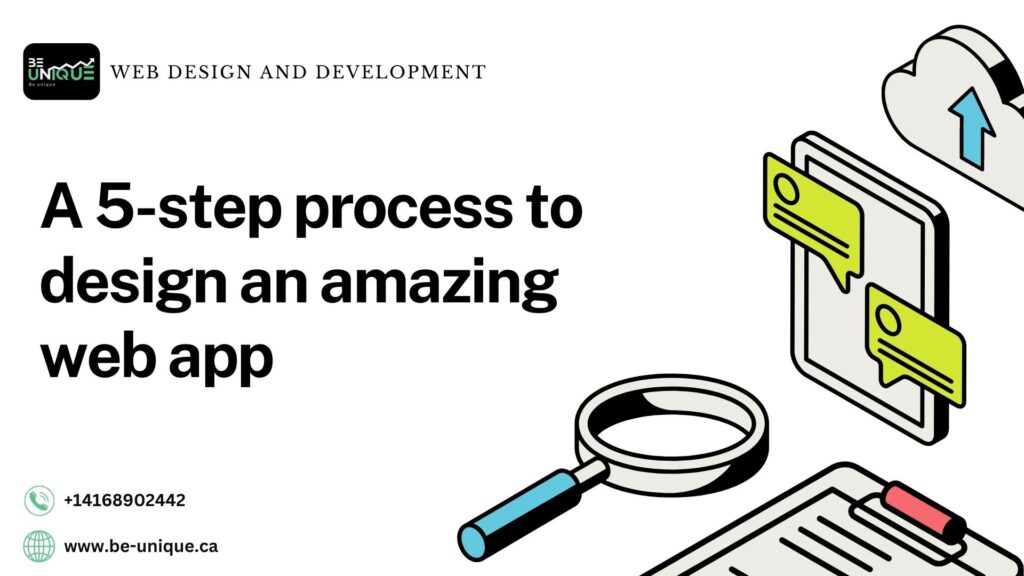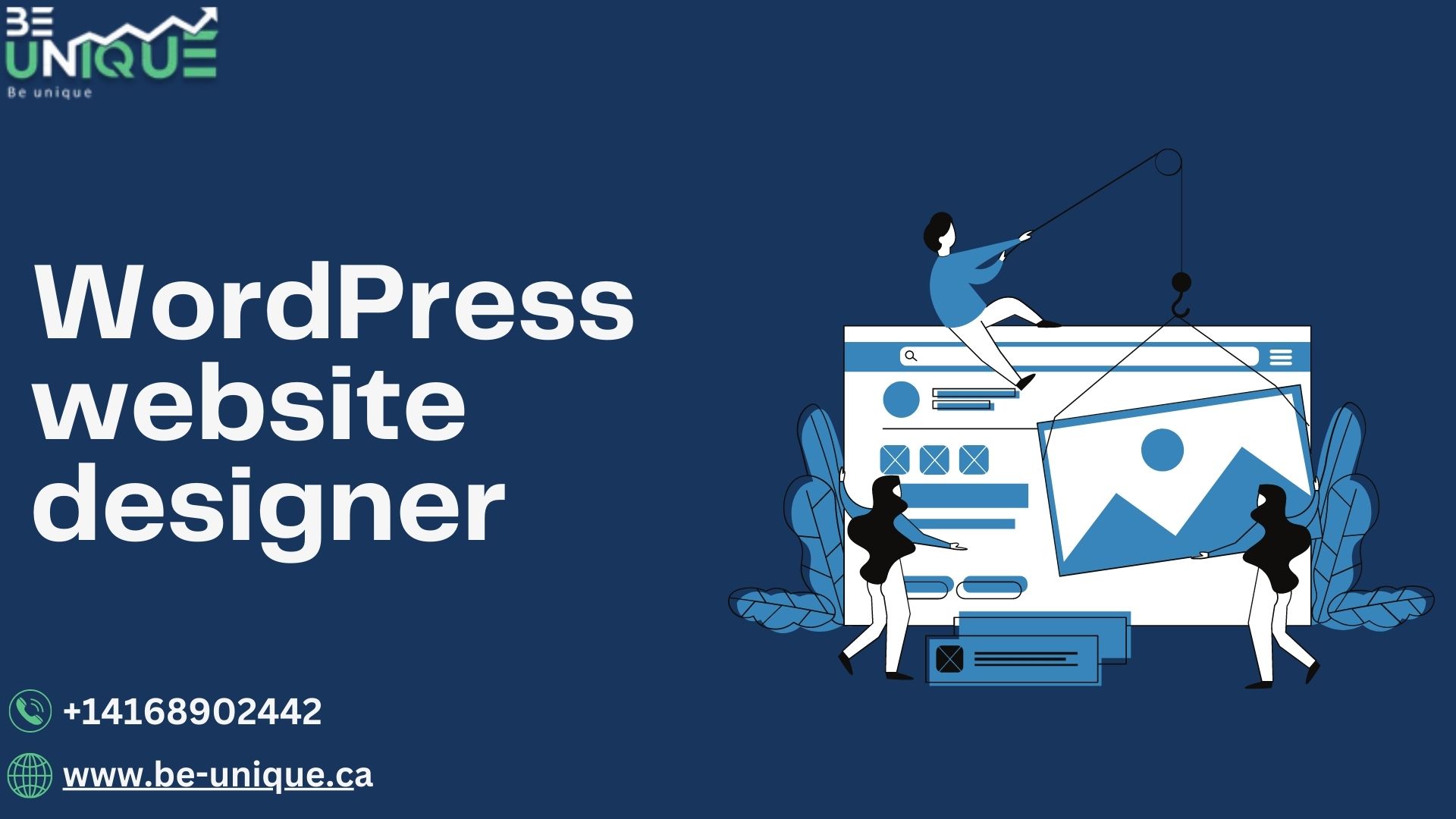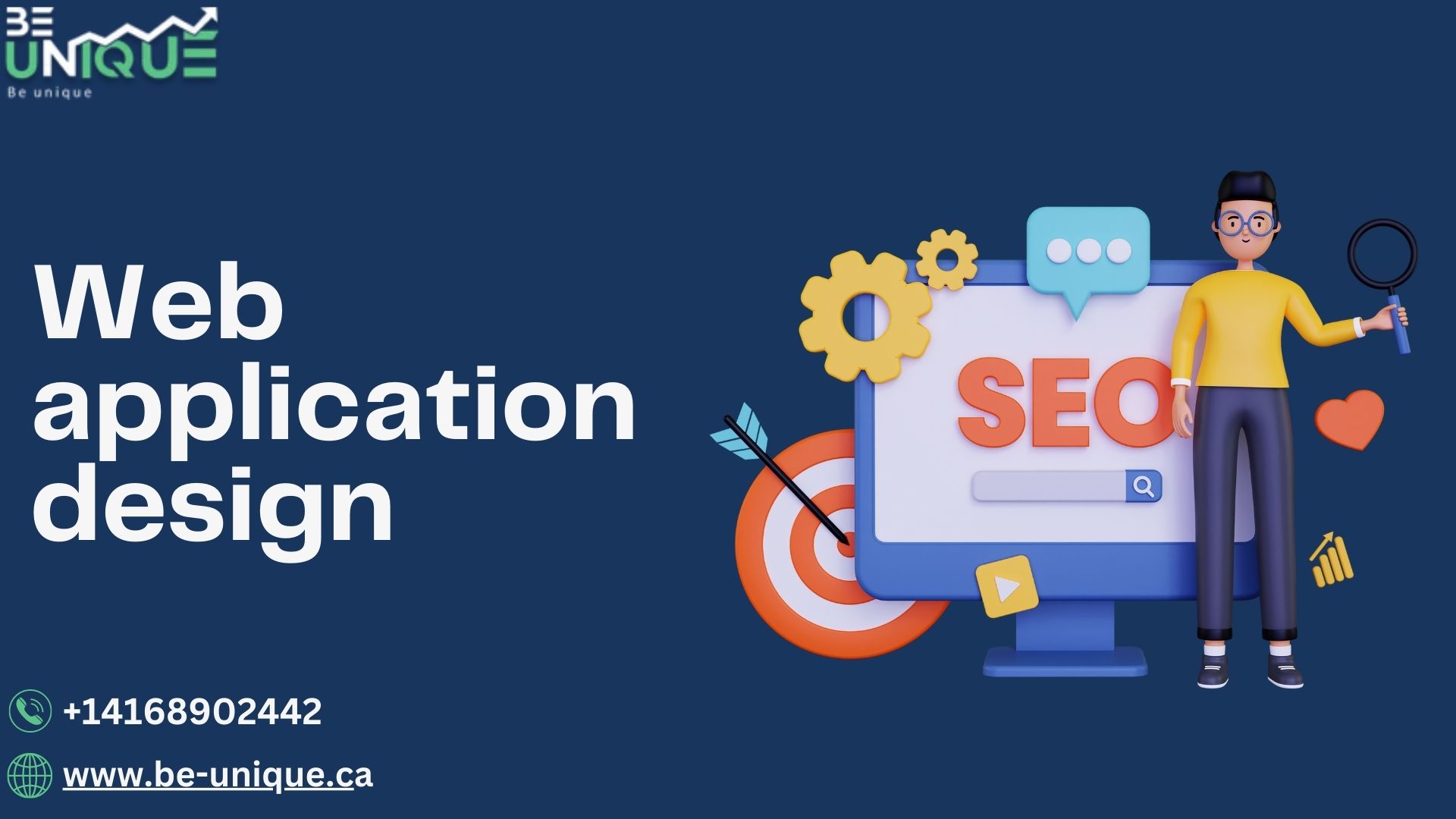Introduction
Web application design stands as a testament to the boundless possibilities that technology and creativity can offer in today’s digital age. In an era where user experiences shape the digital landscape, crafting compelling and functional web apps has become both an art and a science. This article is a tribute to the dynamic world of web application design, where aesthetics and functionality converge to create captivating and impactful digital experiences.
Web application design has evolved from a simple concept to a transformative force that shapes how we interact with information and services. From intuitive e-commerce platforms that revolutionize online shopping to intricate productivity tools that streamline complex tasks, web apps have redefined how we navigate the digital realm. As we delve into the intricacies of designing web apps, we embark on a journey that explores the intersection of form and function, aesthetics and usability.
In the upcoming sections, we will explore a range of fascinating topics that delve into the heart of web application design. From drawing inspiration from real-world examples of innovative web apps to unraveling the five-step process that leads to exceptional design, this article is your guide to mastering the art of creating web apps that leave a lasting impression.
We will also delve into the intriguing comparison between web application design and website design, shedding light on their unique characteristics and purposes. As we uncover the secrets behind strong web application designs, you’ll gain insights into the essential elements that contribute to user engagement and satisfaction.
Delving deeper, we will address the fundamental question of what programming languages are used for web applications, unraveling the diverse array of options available to developers. We’ll also explore the concept of creating a web app that is truly unique, presenting a fresh perspective on how innovation and customization can set your digital presence apart.
Finally, we’ll touch upon the vital topic of the price of web application design. This aspect is as multifaceted as the design process itself, influenced by various factors that make each project distinct.
As we embark on this journey, you’ll gain a comprehensive understanding of the nuances of web application design, equipping you with the knowledge to create remarkable digital experiences. So, join us as we navigate through the exciting world of web application design, where creativity knows no bounds, and innovation paves the way for exceptional digital interactions.

12 Examples of Web Application Design to Use as an Inspiration in 2023
here are 12 examples of web application designs that can inspire you in 2023:
In the ever-evolving landscape of web application design, the year 2023 brings forth exciting possibilities. Draw inspiration from the following 12 innovative web application design examples to fuel your creative journey:
NeonVibe Social Hub: Immerse users in an interactive social media experience with a sleek web application design that echoes the neon aesthetics of the 80s, offering a nostalgic yet modern feel.
EcoTrack Sustainability Dashboard: Engage users with a visually captivating web app design, empowering them to monitor and enhance their eco-friendly practices through intuitive interfaces and vibrant graphics.
HealthPulse Wellness Portal: Harness the power of IoT technology in a health and wellness application, where user-centric web design interfaces provide personalized insights for a healthier lifestyle.
AR Commerce Mall: Elevate online shopping with an augmented reality-infused e-commerce platform. Users can indulge in an immersive virtual shopping experience, thanks to a cutting-edge web application design.
FoodieFusion Culinary Adventure: Embark on a gastronomic journey with a web app design that skillfully blends various culinary traditions. Visualize unique dining experiences through captivating imagery and interactive components.
MindSculpt Learning Studio: Revolutionize education through interactive web application design that merges graphic elements and advanced technology, resulting in a dynamic and engaging learning environment.
TravelQuest Explorer: Redefine travel experiences by integrating social networking and local data into a web app design that offers tailor-made adventures, all presented within an appealing and user-friendly interface.
Home Harmony Smart Hub: Seamlessly manage smart homes via an elegant web app design. Control electronic devices and amenities effortlessly, all within an aesthetically pleasing and intuitive dashboard.
ArtVerse Gallery Hub: Showcase artistic brilliance through an online platform that boasts stunning virtual galleries. This art-centric web application design provides an immersive and captivating art browsing experience.
GreenThumb Companion: Cater to plant enthusiasts with a gardening companion web app design. Offer user-friendly tips and guidance for indoor plant care, all presented through an informative and visually pleasing interface.
FinanceFlick Personal Finance: Take charge of financial well-being with a modern web application design that simplifies expense tracking and financial management through animated visuals and interactive charts.
LanguageLink Pro Learning Platform: Embark on a language-learning journey through a platform that combines translation technology with interactive features. Enjoy an immersive learning experience with engaging web design interfaces.
Let these exemplars of web application design inspire your own innovative creations in 2023. Fuse artistic ingenuity with user-centered design principles to craft web applications that captivate and delight.

A 5-step process to design an amazing web app
Designing a remarkable web application requires a systematic approach that marries creative flair with technical prowess. Whether you’re a seasoned designer or new to creating web apps, this comprehensive 5-step guide will illuminate the path to crafting a standout digital experience:
- Define Your Vision for Web Application Design: Begin by sculpting a clear vision for your web app. Identify its purpose, target audience, and what sets it apart. Thoroughly research user preferences and industry trends to ensure your design aligns seamlessly with user needs and expectations.
- Conceptualize and Prototype for Creating Web Apps: Translate your vision into a tangible concept. Develop a wireframe and interactive prototype that maps out the user journey, emphasizing user-friendly interfaces and intuitive interactions. This step lays the foundation for a smooth development process.
- Infuse Aesthetic Appeal with Visual Web Application Design: Elevate your web app’s aesthetic with a compelling visual design. Implement a harmonious color palette, typography, and imagery that mirror your brand identity. Intuitive navigation and interactive elements enhance user engagement and satisfaction.
- Code and Create with Responsive Web App Design: Transform your design into functional reality through coding. Craft clean, efficient code to ensure optimal performance. Embrace responsive web app design principles, ensuring your creation adapts seamlessly to diverse devices and screen sizes.
- Test, Refine, and Launch Your Web Application: Rigorously test your web app across browsers and devices to identify any issues. Gather user feedback through beta testing and iterate based on insights garnered. With refinements in place, launch your exceptional web app, armed with a user-centered design that delights and captivates.
Incorporating these steps into your journey of creating web apps will empower you to design a web application that not only meets user expectations but exceeds them, delivering a compelling digital experience.

Web app design vs website design
Here, we intend to compare the key differences between web application design and website design and highlight their primary distinctions:
Web application design and website design are two distinct concepts in the realm of web development and design. They differ in the following aspects:
Purpose and Functionality
Web Application Design: The primary goal of web applications is to provide users with a more interactive and advanced experience. These applications often have more complex features and functionalities, allowing users to interact with the system. For example, a project management web app can facilitate tasks such as adding and editing tasks, tracking progress, and enhancing collaboration.
Website Design: Website design typically focuses on presenting information and content to users. Websites can be used to showcase products, services, articles, and other content. Users often consume information and have limited interaction with the website.
User Interaction and User Interface
Web Application Design: Web applications require greater user interaction. Their user interfaces tend to be more complex and include multiple interactive elements. Users can perform various operations, such as submitting forms, carrying out computational tasks, and utilizing advanced features.
Website Design: Website user interfaces are usually simpler and more suitable for displaying information. Users often have less interaction with interactive elements.
Complexity and Performance
Web Application Design: Web applications are typically more complex and utilize advanced technologies such as JavaScript and various frameworks to create sophisticated interactive experiences.
Website Design: Websites are generally simpler and designed with minimal complexity, often using languages like HTML and CSS for content presentation.
In conclusion, it’s important to consider the existing differences between web application design and website design based on your needs and objectives. Each approach serves a distinct purpose and caters to different levels of interactivity and complexity.
Conclusion
In the realm of web application design, the convergence of technology and creativity has ushered in a new era of digital experiences.
We’ve explored a diverse array of topics, from drawing inspiration from real-world examples of captivating web apps to unraveling the essential components of strong design. We’ve navigated the dynamic landscape of web application design versus website design, recognizing the distinct purposes they serve.
Moreover, the importance of uniqueness in web application design has been underscored, emphasizing the role of customization and innovation in crafting memorable digital encounters. Our exploration wouldn’t be complete without delving into the financial considerations surrounding web application design, recognizing that value is derived from the blend of creativity, functionality, and usability.
As we wrap up this exploration, remember that web application design is a journey that thrives on collaboration and continuous learning. It’s a realm where aesthetics and functionality intertwine to create experiences that captivate, engage, and inspire users.
In the ever-evolving world of technology and design, the possibilities are limitless. So, take these learnings with you and continue to innovate, create, and elevate the digital experiences of tomorrow through the power of web application design.
Web application design
FAQ
The price of web application design is influenced by factors such as the project’s scope, complexity, design and user experience requirements, desired functionality and features, chosen technologies, customization, branding, scalability considerations, and project timeline
Web application design focuses on creating interactive and dynamic experiences, often with complex functionalities, while website design primarily presents information to users with limited interaction. Web app design involves intuitive navigation, responsiveness, and user engagement, whereas website design emphasizes content presentation.
User-centric design ensures that the web application meets user needs and preferences, enhancing the user experience. By understanding user behaviors and designing intuitive interfaces, web app designers create interactions that are tailored to users, resulting in higher engagement and satisfaction.




